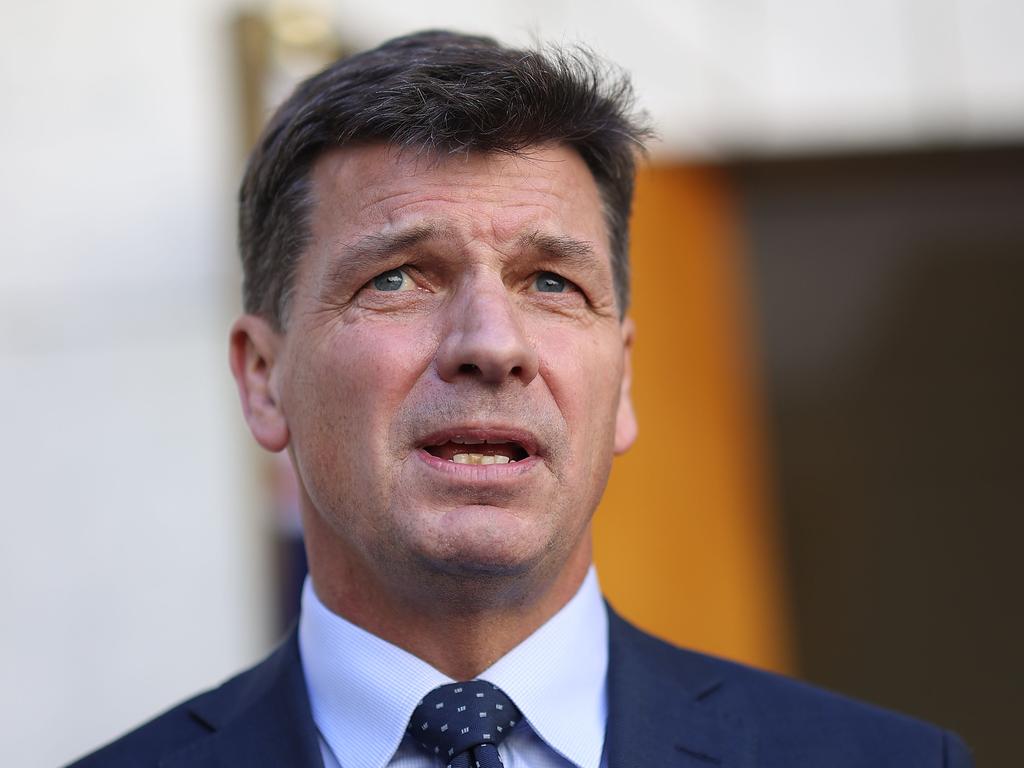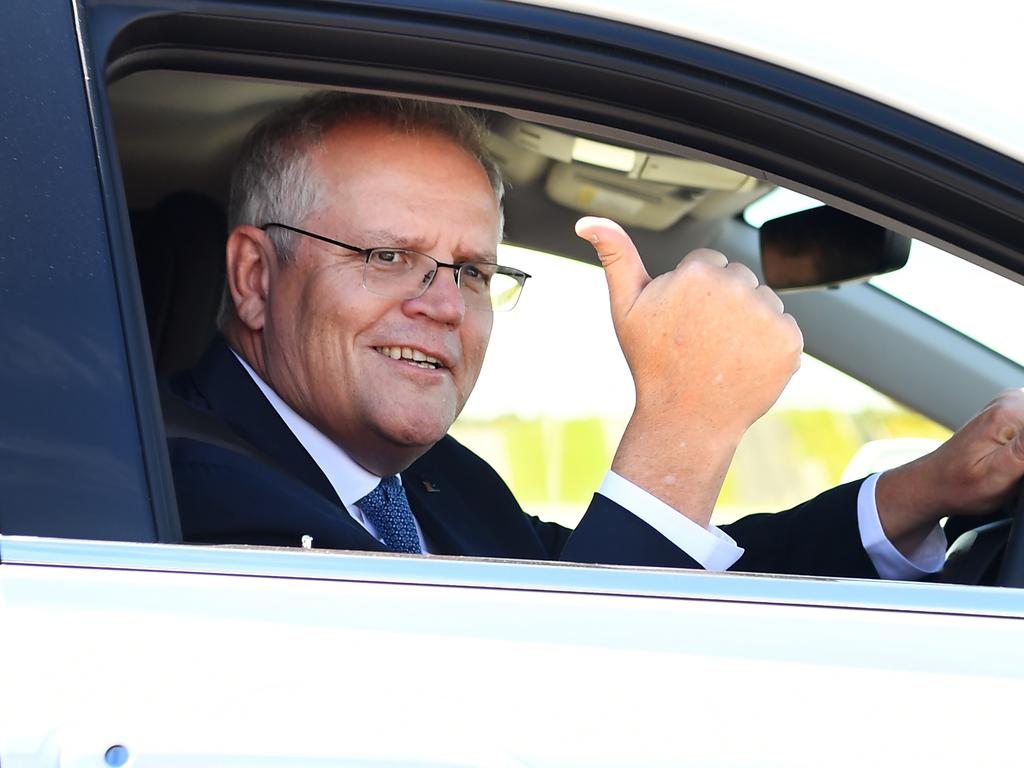Net zero 2050 roadmap released by Morrison government after weeks of waiting
After weeks of waiting, the government has released the economic modelling it used for its net zero strategy.
Nine in 10 cars on Australian roads will be electric, 80 per cent of our electricity will come from renewables and the value of our coal will be half what it is today by the year 2050, the government’s net zero modelling has revealed.
The analysis, conducted by the Department of Industry, science, Energy and Resources, with input from consultancy firm McKinsey, was used to underpin the government’s net zero emissions strategy, announced by Prime Minister Scott Morrison and the Minister for Industry, Energy and Emissions Reduction, Angus Taylor, just before they attended the COP26 climate summit in Glasgow.
The modelling predicts growth in all Australian export sectors by 2050, with agriculture growing by 30 per cent, mining by 5 per cent and heavy industry by 110 per cent.
Despite British government claims during the COP26 conference that “the end of coal was in sight,” the modelling predicts Australia’s fossil fuel industries will still be going strong when the country reaches net zero emissions.
Demand for Australian coal will be half of what it is today by 2050, the modelling shows, while the value of natural gas will only decline by around 4 per cent by that date.
Releasing the modelling on Friday, Mr Taylor said it showed a focus on driving down the cost of technology meant net zero could be achieved “without putting industries, regions or jobs at risk”.

But the modelling also reveals something of the extraordinary transformations that will be necessary to reach net zero.
While emissions-free or electric vehicles make up less than 1 per cent of cars on Australian roads in 2021, this will need to around 90 per cent by mid-century, the document suggests.
Huge changes in the electricity sector are also predicted.
Currently, Australia generates just under a quarter of its electricity (24 per cent) from renewable sources, but this figure will need to be more like 80 per cent by 2050.
Emissions from electricity generation – currently 33 per cent of the country’s total greenhouse gas output – will fall by 90 per cent by 2050, the modelling predicts – an outcome to be achieved largely by expected decreases in the cost of energy storage.
Mr Taylor said the government had “set out a credible pathway to net zero by 2050 while preserving our existing industries, establishing Australia as a leader in low emissions technologies and positioning our regions to prosper”.

The strategy was guided by five principles, Mr Taylor said: “Technology not taxes; expand choices not mandates; drive down the cost of a range of new technologies; keep energy prices down with affordable and reliable power; and, be accountable for progress.”
Mr Taylor stressed the net zero strategy did not rely on “an economy-wrecking carbon price or tax”, but the plan does set out a carbon price of a sort.
The private sector will be incentivised to reduce emissions, with the modelling showing this “voluntary incentive” would be $2 per tonne of carbon dioxide by 2031, $24 per tonne by 2050.
This “is less than the price observed in voluntary markets today,” Mr Taylor said.
Pradeep Phillip from Deloitte Access Economics welcomed the modelling, saying it factored in the costs of inaction for the first time.
But the modelling also contained some oddities, Mr Phillip suggested.
The voluntary abatement incentive would “be a key driver of results”, he it was a “shadow carbon price by any other name”.
And the modelling predicted the price of creating hydrogen would fall below $2 per kilo this decade, when the government’s own hydrogen roadmap suggested this would not happen until 2050, he said.
Professor Frank Jotzo from the Crawford School of Public Policy at ANU said the voluntary carbon price was “extremely low” and the assumptions underpinning it “are clearly motivated by political considerations, namely the legacy of the Coalition’s strong political rejection of carbon pricing”.
Over 20 per cent of global emissions were now subject to emissions trading or a carbon tax, Prof Jotzo said, and it was likely “some emissions reductions [in Australia] will need to be incentivised through a carbon price or through regulation”.
He also disputed the sustained reliance on gas that the modelling presupposes.
“The modelling has gas output higher under net-zero in 2050 than now, this is highly questionable because deep emissions reductions everywhere mean a substantial shift everywhere to zero emissions energy, not gas,” Prof Jotzo said.

The Climate Council slammed the modelling, saying it showed the government would fail to reach its own net zero goal.
“It may as well have been written in crayon,” said senior researcher Tim Baxter.
“This is pure spin. A document that has the singular purpose of attempting to legitimise the Federal Government’s do-nothing approach,” he said.
Mr Baxter said the modelling failed to consider how future climate events would impact the economy, and “assumes a heroic performance from the federal government’s pet technologies, without interrogating a single one of these wild assumptions”.
Minerals Council of Australia CEO Tania Constable said the industry had adapted to differing outlooks for decades, and it understood the role it played in emissions reduction “will continue to be a critical factor in its long term success”.
“The continuing role for coal and the importance of abatement technologies such as CCS [carbon capture and storage] and hydrogen from low emissions sources underscores the need to invest in all low emissions technologies that will have roles to play in achieving net zero,” Ms Constable said.




